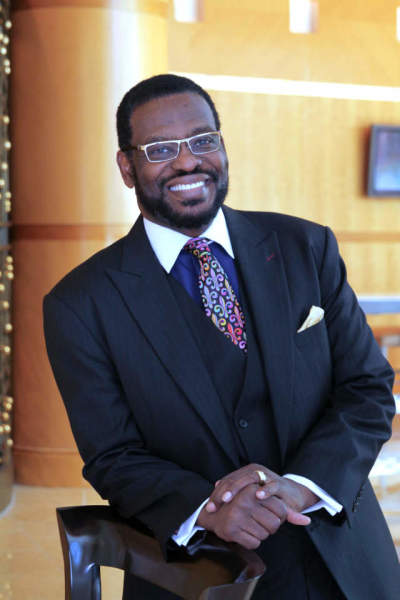Restoring Prisons and Prisoners on Our Watch

America prides itself on being the land of the free, but over the past four decades our prison population has risen tenfold. We have by far the highest rate of incarceration in the world, and as a consequence, at least 2.7 million children have at least one parent in prison. Some fathers have abandoned their children, but others have been locked away from them.
According to the Bureau of Justice Statistics, the federal prison population is 37 percent black, 32 percent Latino, and 28 percent white. Professor Michelle Alexander of Ohio State University went so far as to compare this trend to the legal discrimination in the American South in her book The New Jim Crow: Mass Incarceration in an Age of Colorblindness. Even if one rejects the slightly conspiratorial tone of the book, the racial composition of the prison population is very alarming. Further, there is no question that most prisoners remain marginalized by society even after they are freed.
No sane person would question that some criminals absolutely belong behind bars; we do not want rapists and murderers out on the street. But according to a study by the Center for Economics and Policy Research, 60 percent of America's 2.3 million prisoners are non-violent offenders. Many prisoners may be guilty of crimes as minor as shoplifting or marijuana use. There is no doubt that our society must protect property rights and discourage the use of illegal substances, but are extended prison sentences the answer for these kinds of crimes?
Most critics of the current system point to the well intended but tragically unsuccessful war on drugs and its accompanying mandatory sentencing laws as one of the reasons for the high minority incarceration rate. These laws must be understood in their historical context unravel their web of confusion. For the first half of the twentieth century, homicides and other violent crimes were steadily declining. Then the Supreme Court made a series of rulings under Chief Justice Earl Warren which drastically changed the way criminals could be prosecuted and convicted. The homicide rate more than doubled between 1963 and 1973 and continued to rise, hitting an all-time high in the early 1990's.
In response, stricter sentencing laws were passed. The "Three Strikes" laws passed by a number of states imposed extended prison sentences (usually 20 years to life) on criminals convicted of three felonies. As a result, violent crimes have been declining since this early 1990's, and homicides in 2013 were at all-time lows for cities like New York and Philadelphia.
But in the process they have also kept thousands of petty thieves and low-level drug offenders out of the workforce and away from their children. So what do we do with non-violent drug users, who currently make up a quarter of the prison population? Historically, politicians have failed to put forth any alternative to mass incarceration other than outright legalization of currently illegal drugs. The undeniably positive result of legalization is that it would remove the profit motive from the drug trade, causing cartels and gangs to implode overnight. But we would also face the very real possibility that the consumption of drugs that utterly debase human life—cocaine and heroin, for example—would become normalized. And no one from any political party wants heroin usage on the scale that people currently consume alcohol.
But there are options other than long-term incarceration and legalization. The right kind of mentorship can make a huge difference as well, even for violent offenders. The Prison Entrepreneurship Program, pioneered in Texas by former Wall Street professional Catherine Rohr combines loving support and intense accountability with entrepreneurial training to produce what is perhaps the most successful inmate rehabilitation program in the country. In 2012, its three-year recidivism rate was less than seven percent, and it saved Texas taxpayers millions of dollars in incarceration costs.
We do not want to return to the violent crime levels of the early 1990's, but we do not want to keep thousands of people behind bars unnecessarily. With that in mind, sensible, means-tested reform is long overdue.




























